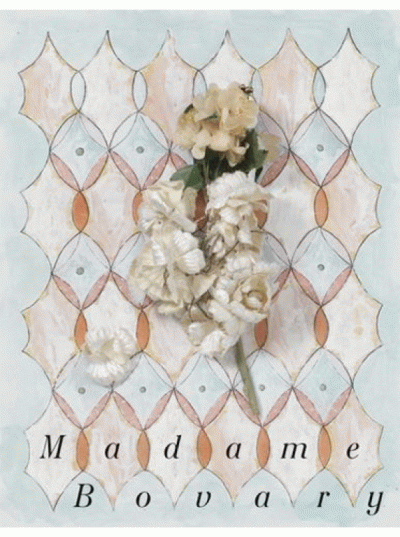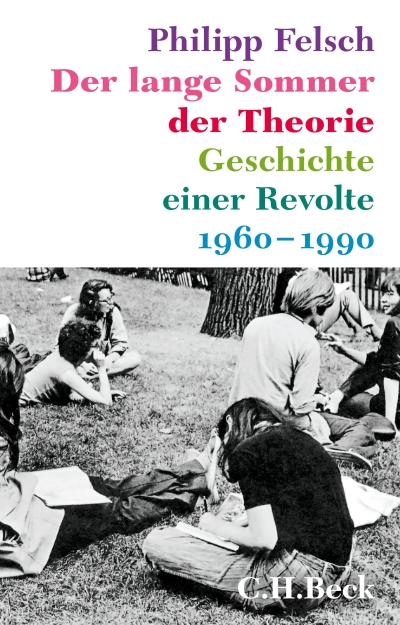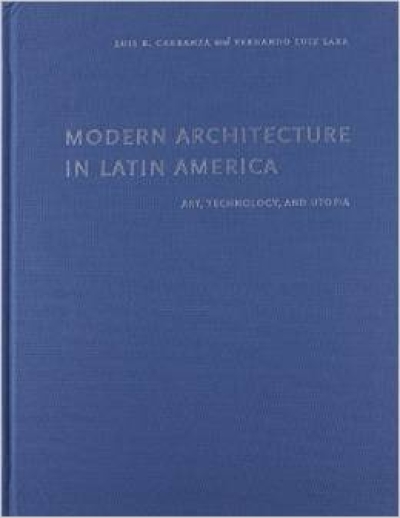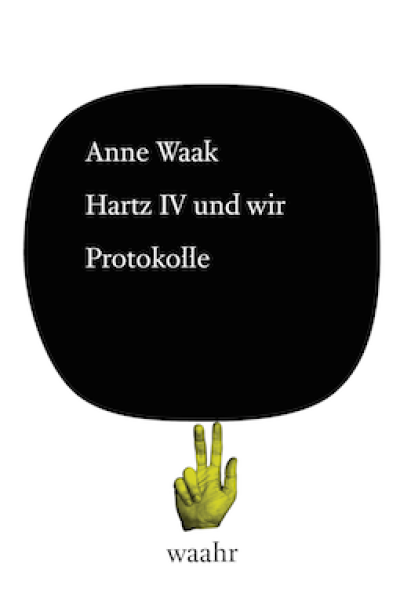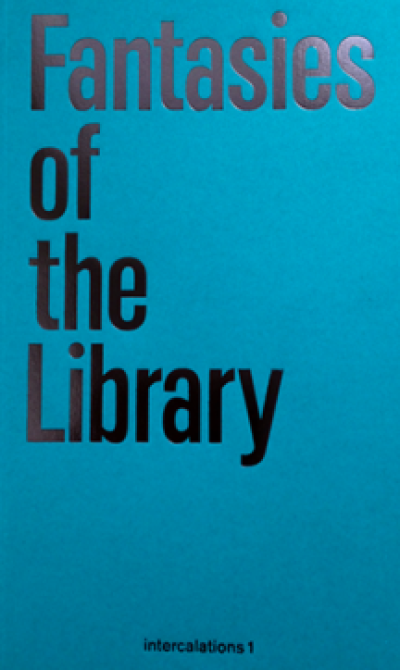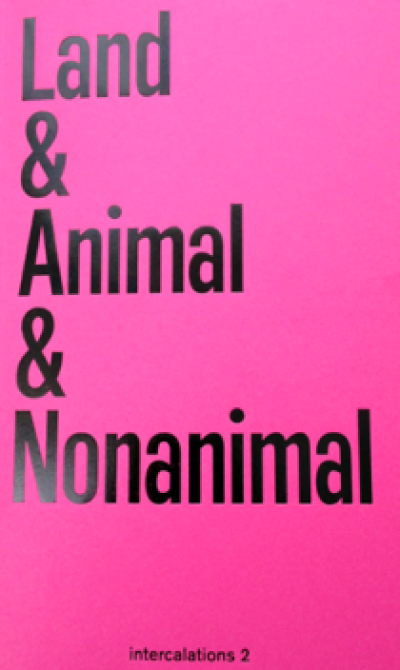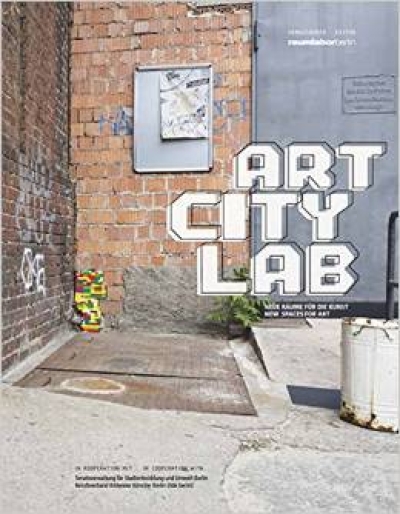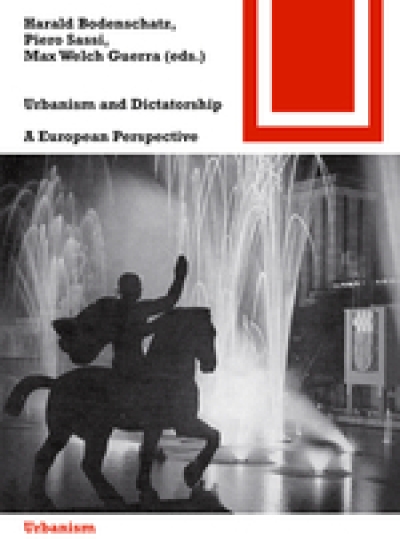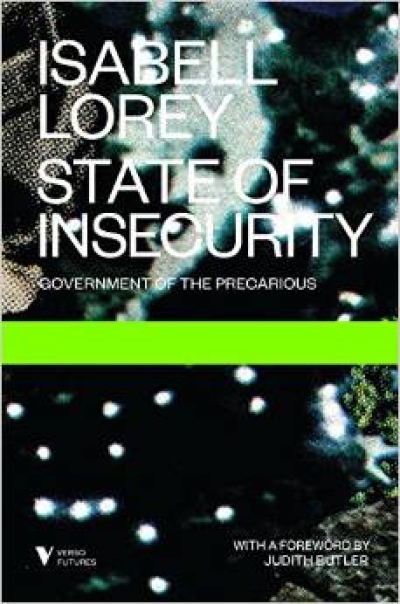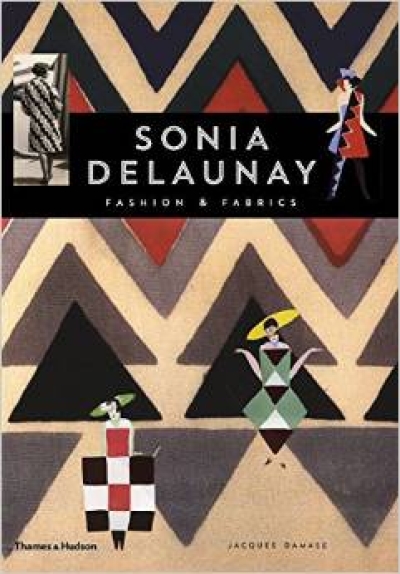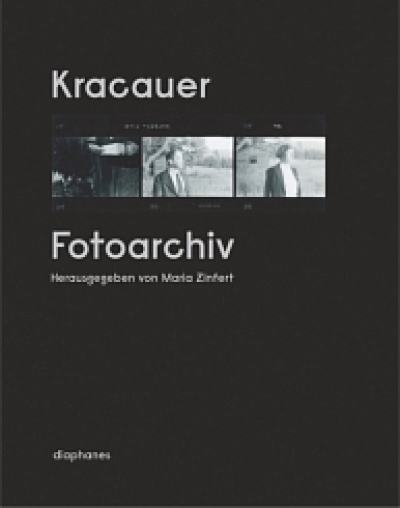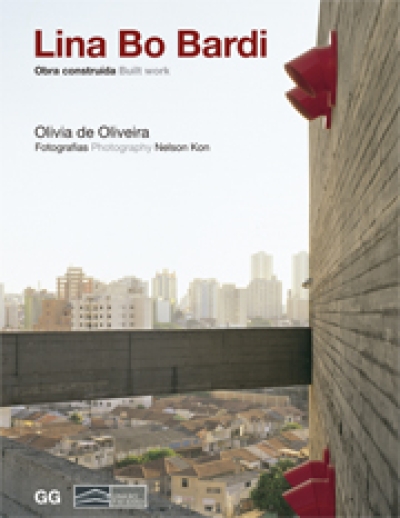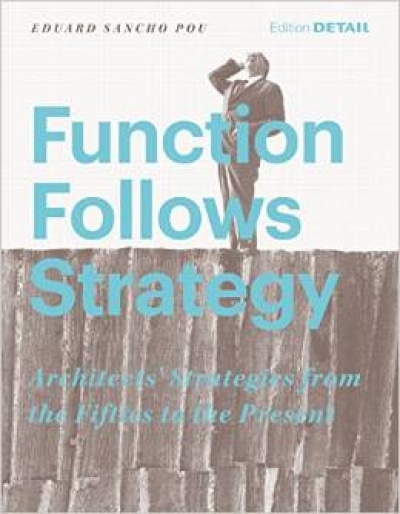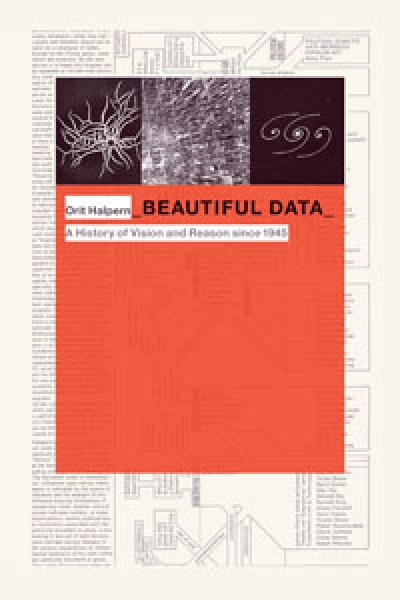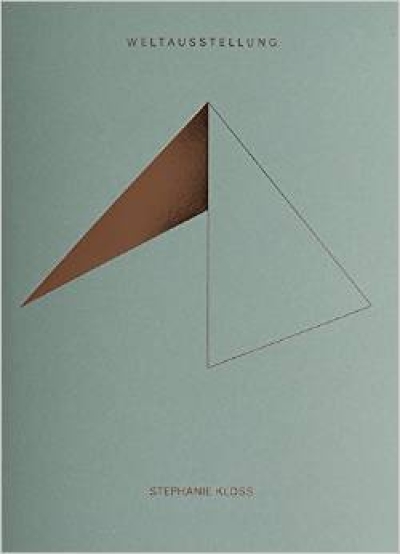
From static oblivion
From static oblivion aims to deepen, starting from Ion Grigorescu's rich production, the reflection about the status of the image as a balance of forces in tension, as form of what is in continuous movement and as a paradoxical act of cancellation of the body through its own representation.
In the work of the Romanian artist, as in the book, the body is continually shown in different ways - from photography to film, from performance to drawing - and yet it remains absent, obscuring its own identity in an attempt to question the collective one. As it is impossible to carry out his performances and show his art during the regime, it ends up hiding, disappearing inside the image. Instead of showing, the image conceals, because it is non-documentary and non-transmittable; nevertheless, it is constitutive and executive, it is an act of birth, a prove of the artist's resistance, especially as a human being inside (or against) any geographical or historical background.
From static oblivion traces, with spiral movements, the progression, both expansive and inclusive, of Grigorescu's work, which, at the end, inscribes itself into the space of the body and into that of the world, in a complete superimposition of micro and macrocosm. Grigorescu absorbs elements of the surrounding reality, showing us a continuity between art and life, an interplay between work and work space: his act of dissidence is not an outcry of provocation, nor is it extreme; it is an anti-aesthetic operation which uses experimentation and rough techniques to uncover the fiction of art and to denounce the artifice of representation.
Grigorescu worked in the secrecy of his studio, defying prohibitions and risking denunciations, thereby showing that art can be a universe which is freer than the world of dreams and which is capable of representing the true space of desire as a critical category and of affirming the image as an instrument of a subversive power.
— Giuliana Prucca
https://p-u-n-c-h.ro/misc/ion-grigorescu-from-static-to-oblivion/













































































